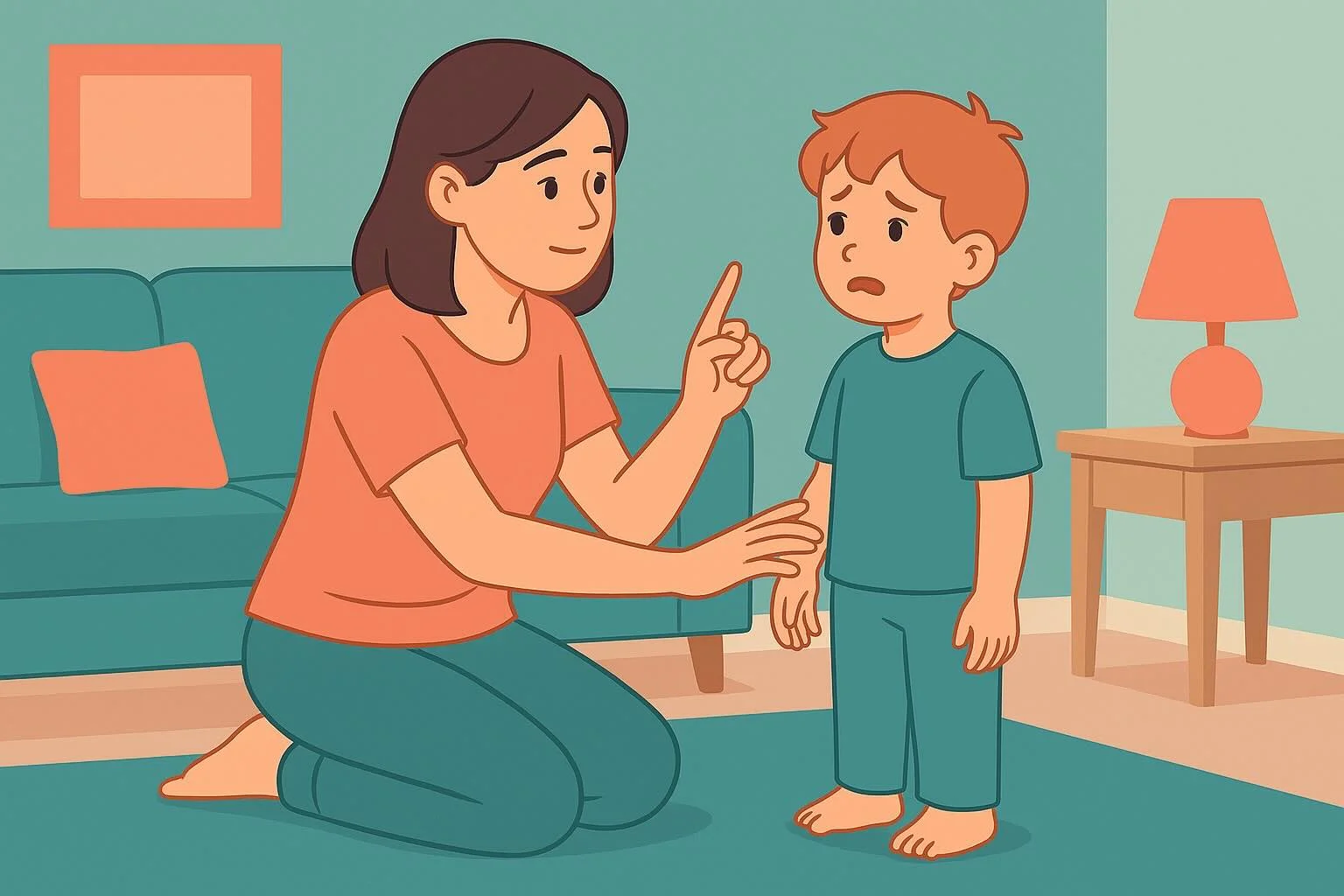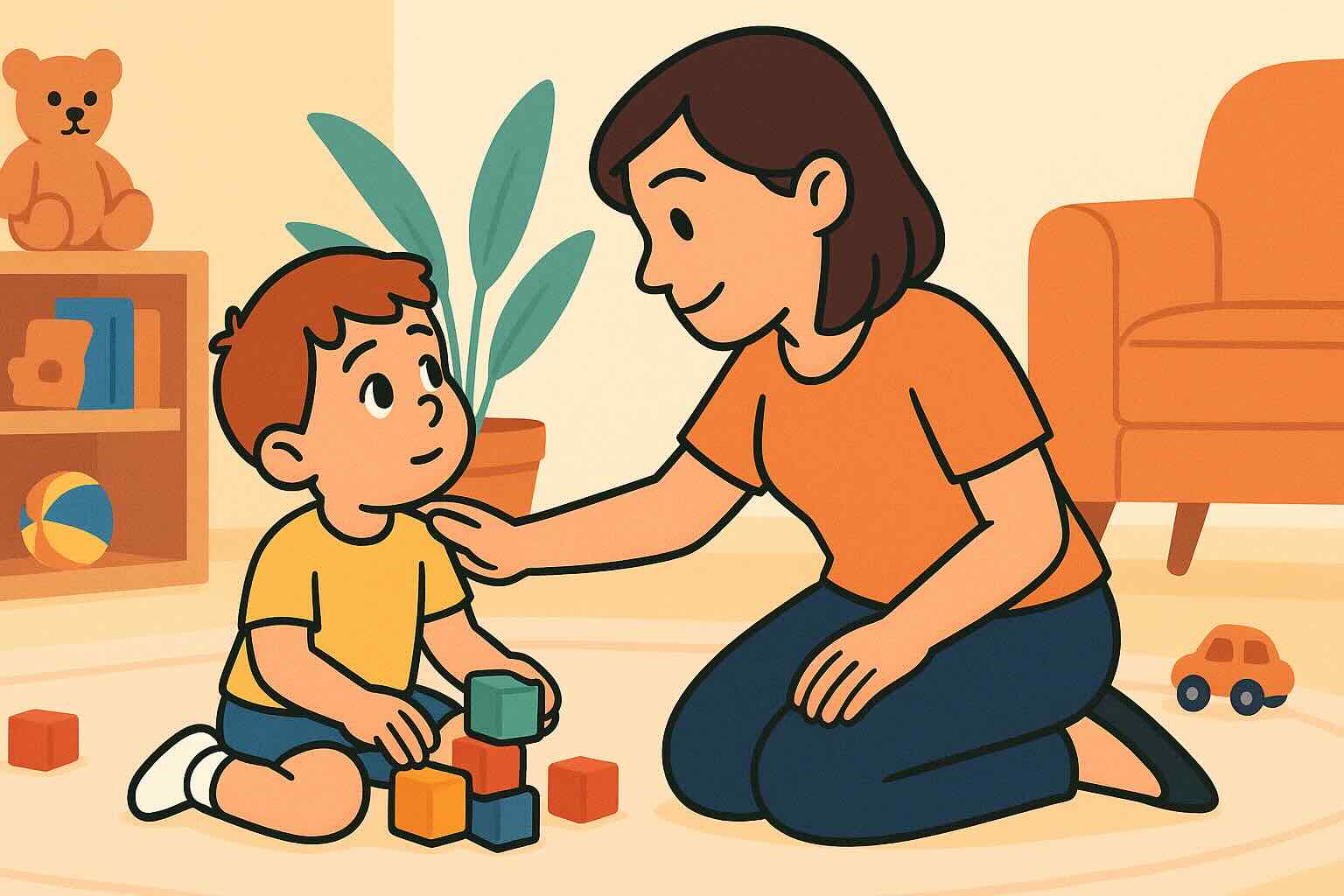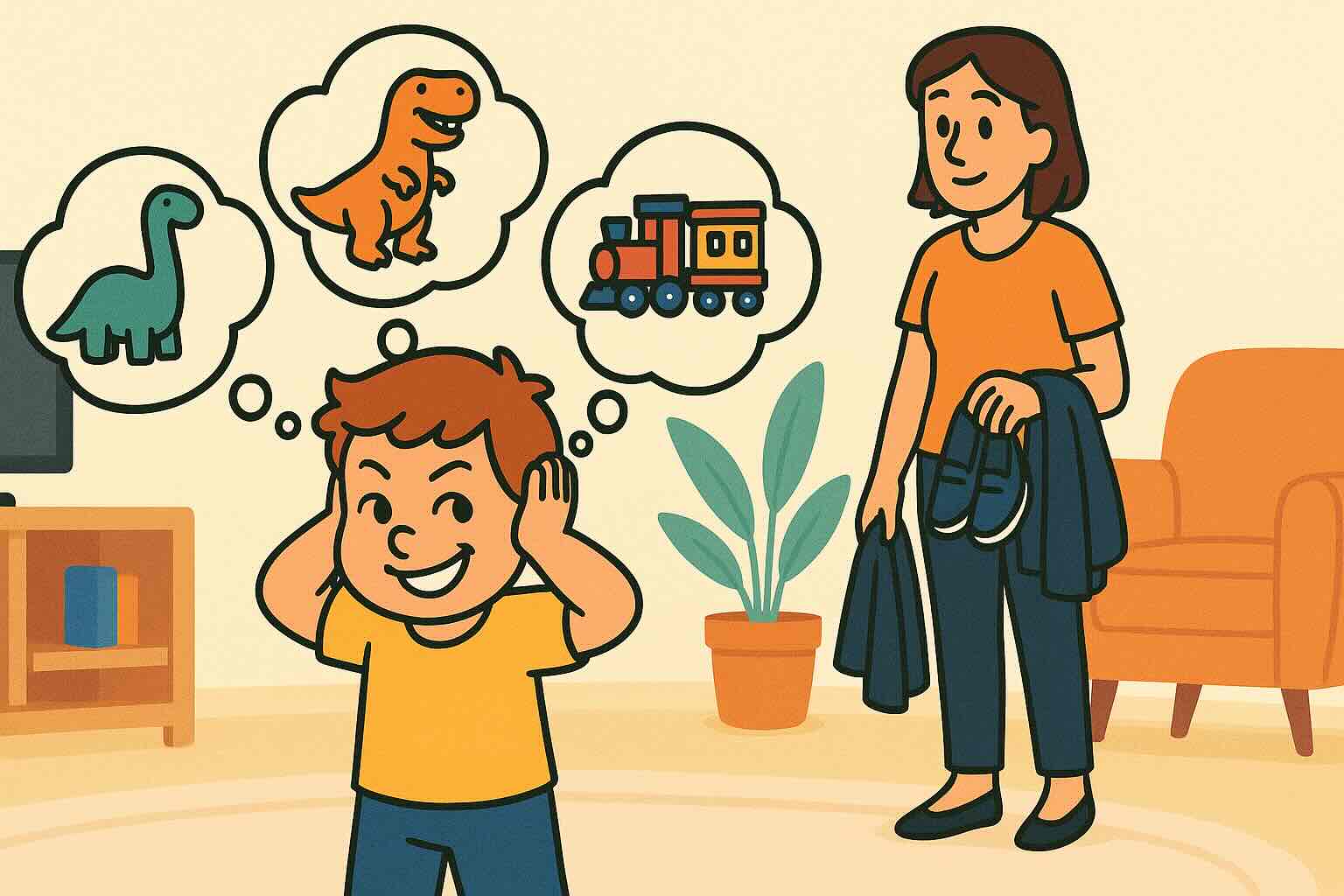Child Hitting Others? How to Stop Aggressive Behavior (Ages 3-7)

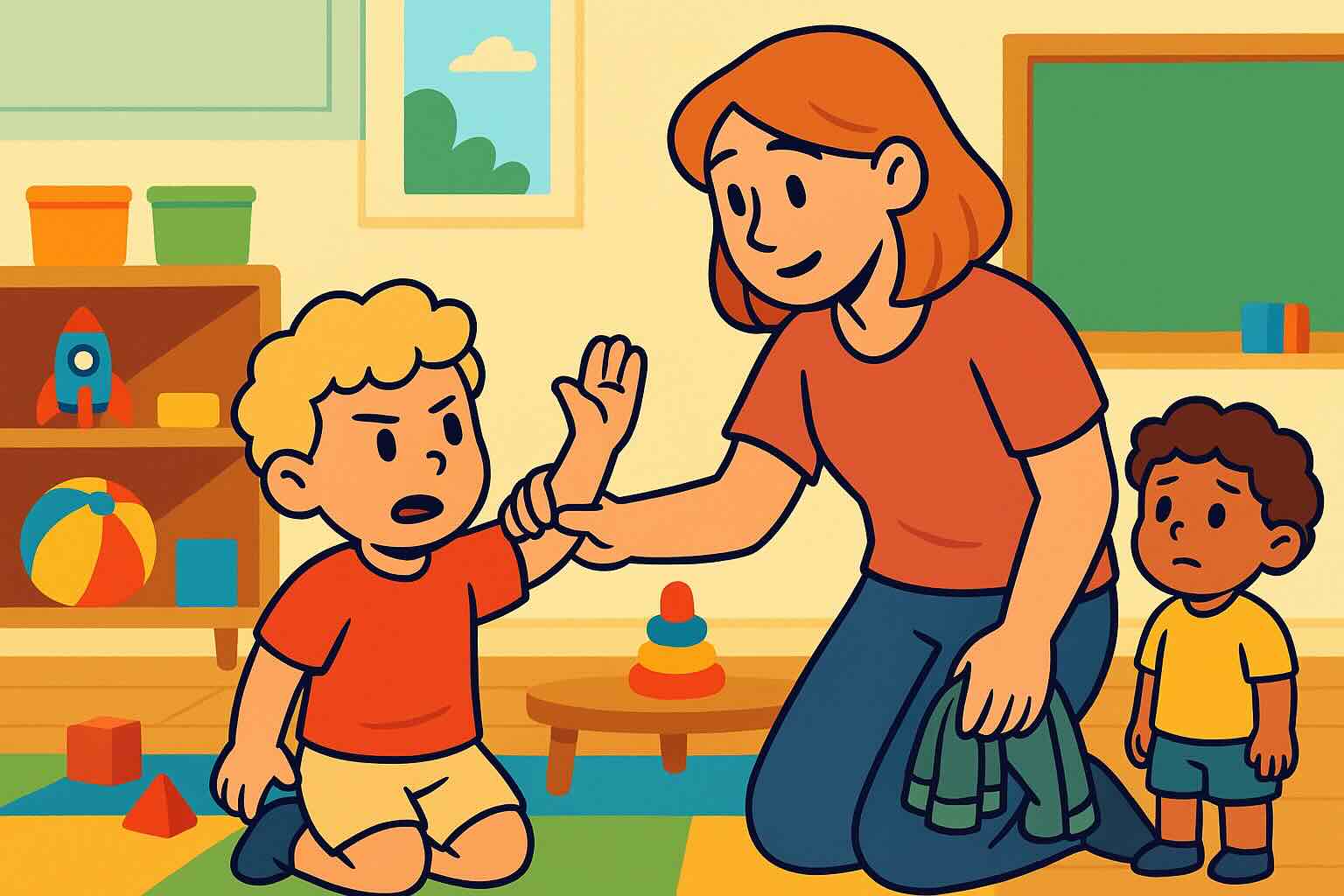
The call from daycare makes your stomach drop: Your child hit another student. Again. Or maybe it's happening at home—your sweet 4-year-old suddenly turns into a tiny tornado of fists when frustrated, hitting you, siblings, or friends. You've tried time-outs, taking away privileges, firm talks, even pleading, but nothing seems to stop the hitting.
Here's what you need to know right now: Your child isn't "bad," and you haven't failed as a parent. Hitting is surprisingly common in children ages 3-7, affecting nearly 70% of preschoolers at some point. Understanding why children hit—and having the right response strategies—can transform this aggressive behavior into an opportunity for emotional growth and skill-building.
The Truth About Why Children Hit
The Underdeveloped Brain Connection
When your child hits, their primitive "downstairs brain" (amygdala) has hijacked their still-developing "upstairs brain" (prefrontal cortex). In that moment, they literally cannot access:
- Impulse control (stopping themselves mid-swing)
- Empathy (considering how others feel)
- Problem-solving (finding better solutions)
- Language processing (using words instead)
Think of it like their emotional smoke alarm going off so loudly that it drowns out their thinking brain entirely. They're not choosing violence—they're having a neurological traffic jam.
The Five Core Reasons Children Hit
1. Communication Breakdown Before age 5, children have big feelings but limited vocabulary. Hitting becomes their body's way of saying:
- "I'm overwhelmed!"
- "That's MINE!"
- "I need space!"
- "This isn't fair!"
- "Pay attention to me!"
2. Sensory Overload Some children hit when their nervous system is overwhelmed by:
- Too much noise or activity
- Hunger or tiredness
- Uncomfortable clothing or environment
- Need for physical input (sensory seeking)
- Overstimulation from screens or activities
3. Power and Control Seeking Hitting can be a misguided attempt to:
- Gain control in overwhelming situations
- Assert independence
- Test boundaries and reactions
- Feel powerful when feeling small
- Get immediate results
4. Learned Behavior Patterns Children might hit because:
- They've seen others hit (siblings, TV, playground)
- It's worked before to get what they want
- They receive intense attention (even negative) for hitting
- They haven't learned alternatives yet
- Past hitting wasn't addressed consistently
5. Emotional Regulation Failure The hitting happens when:
- Frustration exceeds their coping capacity
- Disappointment feels unbearable
- Jealousy overwhelms them
- Fear triggers fight response
- Excitement tips into aggression
When children struggle with communication before hitting, our whining prevention strategies can help them express frustration verbally before it escalates to physical aggression.
Immediate Response: What to Do When Hitting Happens
The CALM Protocol (Use Within 3 Seconds)
C - Contain the Situation
- Physically stop the hitting (gentle but firm hold if needed)
- Create space between children
- Ensure everyone's safety first
A - Acknowledge Emotions
- "You're really angry right now."
- "You wanted that toy and got frustrated."
- "You didn't like when they said that."
L - Limit Set Clearly
- "Hitting is not safe. I won't let you hit."
- "Hands are for helping, not hurting."
- "I will keep everyone safe."
M - Move to Solution
- "Let's take a break to calm down."
- "Show me another way to tell them you're angry."
- "Let's check if your friend is okay."
The Critical First Response
Your immediate reaction sets the tone for learning:
Do This:
- Stay physically calm (even if panicking inside)
- Use a firm but not angry voice
- Get on child's eye level
- Keep words minimal in the moment
- Focus on safety first
Don't Do This:
- Yell or hit back
- Shame ("Bad boy/girl!")
- Force immediate apologies
- Launch into long lectures
- Threaten future punishments
For managing the emotional intensity that often accompanies hitting, our emotional safety first guide provides strategies for staying regulated yourself.
Age-Specific Strategies That Work
For 3-4 Year Olds: Building Foundation Skills
The Prevention Focus:
- Teach feeling words during calm times
- Practice "gentle touches" daily
- Role-play with stuffed animals
- Create a "calm down corner"
- Use visual emotion charts
In-the-Moment Scripts:
- "Ouch! Hitting hurts. I can't let you hit."
- "Your hands hit when you're mad. Let's make them calm."
- "You wanted the truck. Hitting doesn't get the truck."
Follow-Up Activities:
- Read books about gentle hands
- Practice deep breathing together
- Make a "kind hands" chart
- Celebrate gentle play moments
- Draw feelings together
For 5-7 Year Olds: Advanced Emotional Skills
The Skill-Building Focus:
- Identify triggers together
- Create personalized coping strategies
- Practice conflict resolution
- Build empathy through discussion
- Develop "pause power"
In-the-Moment Scripts:
- "Your body chose hitting before your brain could stop it."
- "What were you trying to tell them? Let's find better words."
- "I see you're struggling with control. How can I help?"
Follow-Up Conversations:
- "What happened right before you hit?"
- "What could you do differently next time?"
- "How do you think they felt?"
- "What helps you stay calm?"
- "Let's practice your calm-down strategy."
The Empathy Building Program
Week 1: Emotion Recognition
Daily Practice: Name emotions in yourself and others Activity: "Feeling Faces" game during dinner Goal: Recognize 10 different emotions
Week 2: Perspective Taking
Daily Practice: "How do you think they feel?" discussions Activity: Role-reversal during pretend play Goal: Consider others' feelings before acting
Week 3: Problem-Solving Together
Daily Practice: "What else could we do?" brainstorming Activity: Create a "Instead of Hitting" poster Goal: Generate 3 alternatives when frustrated
Week 4: Repair and Connection
Daily Practice: Practice sincere apologies and making amends Activity: "Kindness missions" to repair relationships Goal: Independently recognize need for repair
Prevention Strategies That Reduce Hitting
Environmental Modifications
Reduce Triggers:
- Minimize overwhelming situations
- Ensure adequate sleep (10-12 hours)
- Provide regular snacks and water
- Limit screen time before transitions
- Create predictable routines
Add Supports:
- Visual schedules for transitions
- Quiet spaces for regulation
- Sensory tools (squeeze balls, putty)
- Movement breaks every 30 minutes
- Clear, consistent boundaries
The Daily Connection Routine
Morning: 5-minute cuddle and day preview After School: 10-minute undivided attention Before Bed: Appreciation practice ("I noticed when you...") Weekend: 30-minute child-led special time
Research shows children with strong parent connection hit 60% less.
Teaching Replacement Behaviors
Instead of Hitting, Teach:
- Stomping feet when angry
- Squeezing a pillow tight
- Using a "mad voice" (controlled yelling into pillow)
- Taking "warrior breaths" (deep, strong breaths)
- Using protest words: "I don't like that!"
Practice During Calm Times:
- Role-play frustrating scenarios
- Practice the replacement behavior
- Celebrate successful practice
- Use in real situations
- Praise any attempt at alternatives
When Hitting Happens at School
The School Partnership Plan
Immediate Steps:
- Thank teacher for informing you
- Ask for specific trigger details
- Request consistent response plan
- Share home strategies that work
- Create communication system
Questions for Teachers:
- When does hitting most occur? (transitions, free play, circle time)
- What happens right before?
- Are there particular children involved?
- What's their current response?
- How can we align our approaches?
Home-School Consistency:
- Same language for boundaries
- Shared calm-down strategies
- Consistent consequences
- Daily communication log
- Weekly progress check-ins
For additional support with school behavior challenges, explore our social challenges guide for building peer relationships.
Natural Consequences That Teach
Age-Appropriate Consequences
Ages 3-4:
- Play stops immediately when hitting occurs
- Brief removal from situation (not isolation)
- Fix what was hurt (ice pack, gentle touch)
- Loss of privilege directly related to hitting
Ages 5-7:
- Write/draw apology letter
- Do kind act for person hit
- Loss of playdates until control improves
- Create "keeping friends safe" plan
- Practice scenarios that went wrong
Key Principle: Consequences should teach, not punish
The Long-Term Transformation Plan
Month 1: Foundation Building
- Focus on emotional vocabulary
- Establish calm-down routine
- Practice daily connection time
- Identify primary triggers
Month 2: Skill Development
- Introduce replacement behaviors
- Practice problem-solving
- Build empathy through books/discussion
- Celebrate small victories
Month 3: Consistency and Growth
- Maintain all strategies
- Involve child in progress tracking
- Adjust strategies based on what works
- Plan for challenging situations
Most families see 50-70% reduction in hitting within 6-8 weeks of consistent intervention.
Red Flags: When to Seek Professional Help
Consult Your Pediatrician If:
Frequency/Intensity Concerns:
- Daily hitting episodes
- Hitting causing injury
- Aggression escalating despite intervention
- Hitting continues past age 6
Additional Behaviors:
- Cruelty to animals
- Destruction of property
- No remorse after calming down
- Regression in other areas
Social Impact:
- Excluded from activities/school
- No peer friendships
- Siblings afraid of child
- Family life severely disrupted
Early intervention makes a significant difference in outcomes.
Success Stories from Real Parents
Michael's Mindfulness Method
"My 5-year-old was hitting daily at school. We started 'body check-ins' every hour: 'How does your body feel? Calm, wiggly, or volcano?' This awareness helped him recognize pre-hitting feelings. Hitting reduced 80% in three weeks."
Aisha's Alternative Approach
"Instead of time-outs, we do 'practice rounds.' When my 4-year-old hits, we later practice the same scenario with better choices. 'Let's try that again with gentle hands.' She loves the do-over chance."
Carlos's Connection Cure
"My son hit when feeling disconnected. We instituted 'special James time'—15 minutes daily of whatever he wanted. Hitting at preschool stopped within two weeks. He needed that guaranteed connection."
Your Action Plan Starts Today
Immediate Steps (Today):
- Choose your calm response script
- Identify one trigger to address
- Plan your reaction for next hitting incident
- Start emotion-naming at dinner
This Week:
- Implement CALM protocol consistently
- Begin daily connection routine
- Teach one replacement behavior
- Track hitting patterns
This Month:
- Partner with school/caregivers
- Build empathy through daily practice
- Celebrate progress (any reduction counts!)
- Adjust strategies based on what works
Remember: This Is Temporary
Your child won't be hitting in high school. With consistent intervention, most children stop hitting by age 6-7. The skills you're teaching now—emotional regulation, empathy, problem-solving—will serve them throughout life.
Every time you respond calmly to hitting, you're rewiring your child's brain for better impulse control. Every empathy conversation builds their social awareness. Every successful use of a replacement behavior strengthens new neural pathways.
Next Steps for Concerned Parents
You don't have to navigate this alone. Start with one strategy from this guide—whichever feels most manageable today. Consistency with one approach beats trying everything at once.
For specific age-appropriate discipline strategies, explore our positive discipline examples for your child's age for detailed scripts and scenarios.
If hitting is part of bigger behavioral challenges, our toddler tantrums complete guide provides comprehensive strategies for multiple concerning behaviors.
Your child needs your calm confidence more than your perfect response. With patience, consistency, and the right strategies, the hitting will stop, and your relationship will emerge stronger.
24/7 AI Parenting Assistant
Get instant, personalized advice with expert-curated parenting knowledge. Chat with your AI coach anytime, anywhere.
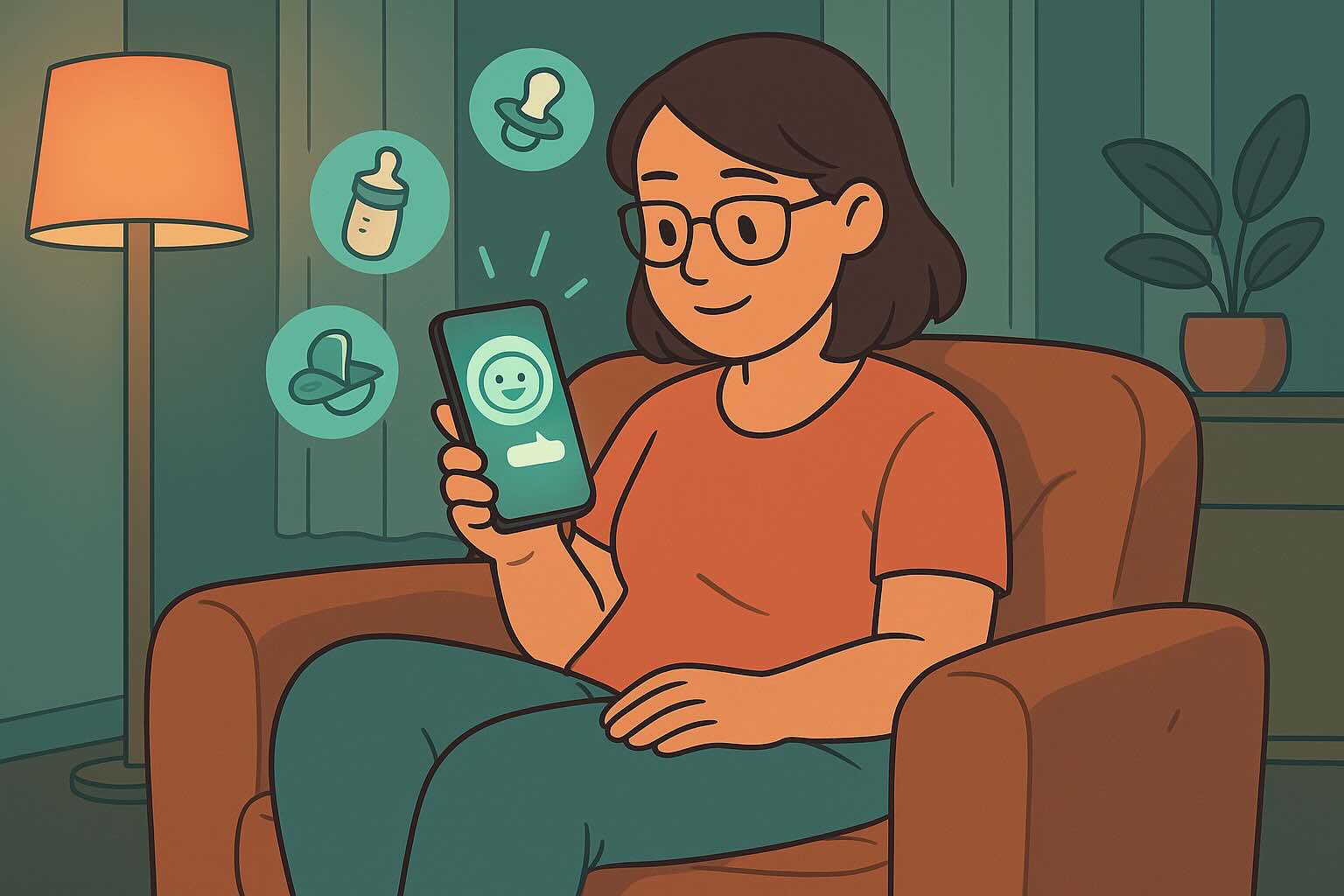
Challenging Moments Support
Access step-by-step parenting strategies, quick tips, and age-specific guidance for difficult situations when you need it most.
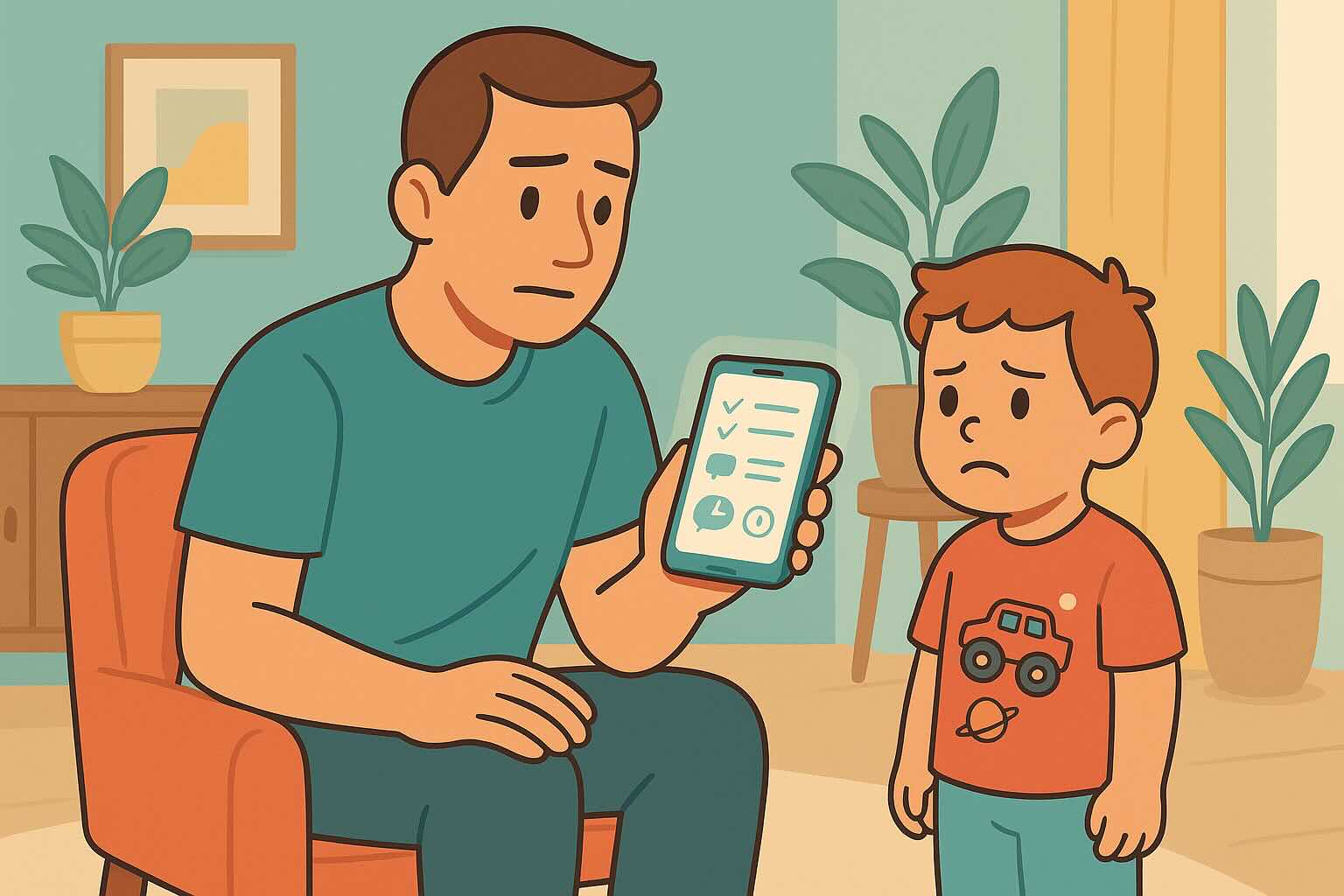
Boundary Setting Scripts
Set firm, loving boundaries without punishment using evidence-based scripts and strategies that build cooperation and respect.
Frequently Asked Questions
Need personalized support?
RootWise's AI coach can provide tailored strategies for your specific situation, available 24/7 when you need it most.
Learn More About AI Coaching →